Lora Conrad reviews nine useful resources for plant identification in Iowa.
Whether you are new to learning about Iowa wildflowers and native shrubs and trees or have been studying them as a hobby for some years, you are sure to see a plant or flower that you just can’t identify. Before posting a question for the experts on your local wildflower or flora Facebook page, you might want to see what you can learn about the plant and determine yourself.
Three types of resources are widely available: plant identification applications for a smart phone, public web pages from authoritative sources, and books. Each source can be useful but not always sufficient.
The purpose of this article is to compare the reference books that have helped me most in identifying plants in the woodlands, prairies, waysides, river banks, and roadsides of Iowa, as well as in my untamed yard. These are recommendations from a determined wildflower enthusiast—not from a botanist. So with that caveat, please read on.
KEY FACTORS: DESCRIBING THE UNKNOWN
First of all, where in Iowa is this plant growing? If you are looking at a plant in southeast Iowa, that plant is likely found more widely in Iowa and possibly in Illinois or Missouri or Minnesota—that is, across the Midwest. Iowa is entirely in the “tall grass prairie” area of pre-European settlement despite having little prairie remaining now. The references discussed here will address what is broadly useful in most of Iowa, though the author lives in southeastern Iowa.
Then, in what habitat is the unknown plant growing: woodlands, prairie, wetlands, or disturbed ground like a yard or garden? This factor can quickly narrow your book selection.
Next, are you seeking to identify a woody or non-woody plant, flower, or fruit?
Then, when are you seeing this plant? Is it not blooming yet? Or when did you first see it blooming? Each flower has a season, so the timing can be critical in identifying which plant you have.
For blooming, non-woody plants, a close inspection of the flower can often define what you are looking for, starting with color, size and structure of blossoms. Blooming or not, the leaf shape, type and arrangement can be critical in plant identification. Woody plants are often separated by tree vs. shrub or vine, not by flower. Size and bark as well as flower/fruit can be important for distinguishing these.
Knowing your reference material is also important. What region do the books cover? What habitat? How are the entries sequenced: by bloom time, flower color, type of plant, common name or botanical name, growth habit, or other criteria? To use a book successfully, you need to understand how it’s organized.
REFERENCES FOR NON-WOODY FLOWERING PLANTS
The first book I’d like to introduce to you is Wildflowers of Southeastern Iowa -Volume 1 Spring by Don Weiss.
Don has photographed and recorded 180 different species in southeastern Iowa. Most can be found throughout the state and even in neighboring states. This volume, published in early 2021 after about five years of research and photography, “covers those wildflowers found [blooming] in southeastern Iowa during the spring months of March, April, and May.”
Don included a full page photo of each, often with an inset photo to add clarification, along with a full page description of the plant, flowers, leaves and habitat. The book also provides the plant family and the botanical name as well as where it can be found in Iowa, its abundance, and whether the species is a U.S. and/or Iowa native.
Volume 2, covering almost 200 species that begin blooming in June through September, became available in June 2021.
The entries in both volumes of Wildflowers of Southeastern Iowa are sequenced alphabetically by common name within the month they first bloom in southeastern Iowa. Together, they cover more than 375 wildflower species now found in southeastern Iowa and the surrounding area including many similar species, rarities, and uncommon wildflowers. Many introduced or naturalized flowers found in Iowa are also included.
These two books are the most comprehensive available collection of photos and descriptions of blooming plants found in Iowa. They are also the most expensive of the books reviewed here. Both are in stock at Burlington by the Book. Contact Chris at (319) 753-9981 for the prices for a signed copy. The books are typically priced between $68 and $99 per copy at this and other bookstores.
The standby reference books on wildflowers for Iowans for many years now have been the three led by Sylvan T. Runkel, one of Iowa’s best known and well-respected naturalists. Now in their second edition, all remain authoritative and useful with improved photos and updates. The one I use the most is Wildflowers of Iowa Woodlands, second edition, by Sylvan T. Runkel and Alvin F. Bull (2009).
This book was “designed to help the casual observer become better acquainted with the more interesting wildflowers of the state’s woodlands.” Note it does not attempt to be comprehensive but covers “the most interesting,” a total of 128 flowers. The “species are listed by approximate order of flowering time” earliest to latest, but but it does not say where in Iowa.
The pages are titled with the common name, but also show the botanical name. Though there is not a table of contents, both names are conveniently listed in the index. The photos in this edition are sharp, clear, and well printed, thus very helpful for identification.
The second of the Runkel books, Wildflowers and Other Plants of Iowa Wetlands (2014) was coauthored with Dean M. Roosa.
The 149 entries cover “all major wetland species in the state.” This book, which has an excellent introduction to wetland botany, is organized by habitat, then by taxonomic group. The sections are Terrestrial Flowering Herbs; Ferns, Fern Allies, and Lower Vascular Plants; Trees, Shrubs and Vines; and Herbs Growing in Water. The plants are listed alphabetically within those sections by common name.
The third book is Wildflowers of the Tall Grass Prairie. University of Iowa Press sells new copies of all three books for $29.95 to $35 each. The second editions of all have updated photos and additional technical information. However many of the photos focus on the flowers, without showing enough of the leaf or stem for help in identification. If purchasing used copies, be sure to verify which version you are getting, edition 1 or 2, as the titles are the same— the publication date and edition number are different.
My favorite prairie wildflower book is Tallgrass Prairie Wildflowers by Doug Ladd with photos by Frank Oberle, a Nature Conservancy book. (1995) This book is available new from Amazon for $49.99 but available on the used market via Alibris for about $2 plus shipping.
I find this book so useful for several reasons. First, it includes a 25 page guide on how to use the book. That may sound excessive, but if you are a fairly new wildflower enthusiast, it is essential. Even if you have been exploring for years, it is still very helpful.
Second, I really appreciate that it is organized first by blossom color, then by the sequence of bloom within color. If a plant color is hard to determine–as for species with multiple colors, or a blossom that could be considered pink or purple–then you may need to look at more than one section. But most of the time, this book’s format allows the reader to sift through fewer pages when trying to identify a flower.
The book is intended as a “guide to the common wildflowers“ of the tall grass prairie region, which includes all of Iowa. The author points out that more than 900 flowering plant species are native to the tall grass prairie. They have selected 295 of those prairie wildflowers, primarily the most common and a few rare ones.
One half to one page is devoted to each species, showing the plant’s common name and botanical name, along with a description, habitat, range, notes, and a color photo. Most but not all pictures include both the flower and enough of the leaves and plant structure to assist identification. The index includes both common and botanical names.
Now, I’d like to introduce you to a more narrowly focused plant identification jewel by Teresa Marrone, Common Backyard Weeds of the Upper Midwest (2017). It is available used or like new for about $10 from Alibris or new for $14.95 or less from bookstores.
At first I was put off by the term “weeds,” but I quickly realized this book’s value. It includes non-woody, commonly found plants that pop up by roadsides, in gardens, fields or other disturbed ground–opportunistic, perhaps troublesome plants we may encounter but not know. Each plant is identified as native or non-native. Features plants range from the invasive garlic mustard to the much planted, highly desirable common milkweed.
The book is organized by the plants’ growth pattern (creeping, upright, vining, or grassy), and within each section, by the color of its flower. It is 215 pages long and only 5×7 inches, but packed with useful information and good color photos of the plants and their flowers.
IDENTIFYING PLANTS BY THEIR FRUIT
Fruit develops much later than flowers, so guides that focus on blossoms may not be helpful. Whether woody or non-woody, for fruit identification, you can turn to another reference by Teresa Marrone: llinois, Iowa and Missouri Wild Berries and Fruits (2010). The glue binding of the cover may be weak on this little book, but then, it is ten years old already. It is available new from bookstores for between $12 and $14.95.
This book can be quite the asset in plant identification when you are not sure about that little blue berry you just sampled, and there are no blossoms to help you identify it. With 284 entries, this book devotes two pages each to various wild plants with berries or other fruits. Edibility, habitat, growth, leaves, fruit and season are given. Coded at the top of each entry is type of plant, leaf style, where it grows–an amazing amount of useful information in compact form.
The author has provided an excellent guide on how to use the book. The photos include both the fruit and the leaves, sometimes with insets to show various ripening stages. It is conveniently sequenced by the color of the fruit.
IDENTIFYING WOODY PLANTS
To identify the woody shrubs and vines you find blooming in forested areas and along roadsides and fence rows, an indispensable resource is Shrubs and Woody Vines of Indiana and the Midwest (2012) by Sally Weeks and Harmon Weeks, Jr. It is available new from bookstores for between $36 and $45 per copy.
It focuses on the identification, wildlife uses and landscaping value of shrubs and woody vines. Shrubs are defined as “a woody plant with multiple stems from a common base that grows no taller than 20 feet,” though a few exceptions are included. It is organized by Native Shrubs, subdivided as to Conifers then Broadleaf, Native Vines, Introduced Shrubs, then Introduced Vines.
Three identification keys have been developed–summer keys, winter keys and species keys–with an explanation of how to use them. This large book has 463 pages, with two pages of detailed information and several photos devoted to each shrub or vine. The photos include the plant, flowers, fruit, leaves, and bark in most cases. A county level map shows where in the Midwest the plant is found.
To identify trees, the Iowa standard is Forest and Shade Trees of Iowa, Third Edition, by Peter J. Van Der Linden and Donald R. Farrar (2011). This is a Bur Oak Guide and is available from the University of Iowa Press for $34.95.
This book has 436 pages of tree identification information, with summer and winter keys, and an outstanding lead in article. Though it is the best available for Iowa, I am disappointed in its limited number of entire tree and bark photos and only occasional color foliage photos. The leaf and fruit photos are very useful, though.
The separate section on flowering trees is confusing, because most of the photos for identifying them are not there, but in the Description of Tree Species section.
FINAL THOUGHTS
These books are certainly not the only ones you might find valuable, especially if you live in western Iowa. I also use other books on occasion. However, the titles discussed here in combination with online resources, cover most of my plant identification needs. I hope you find these reviews and comparisons helpful.

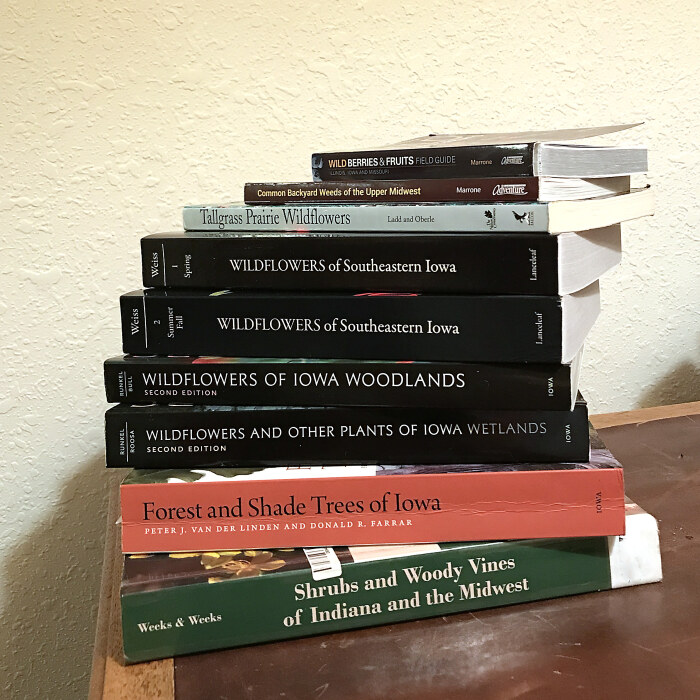
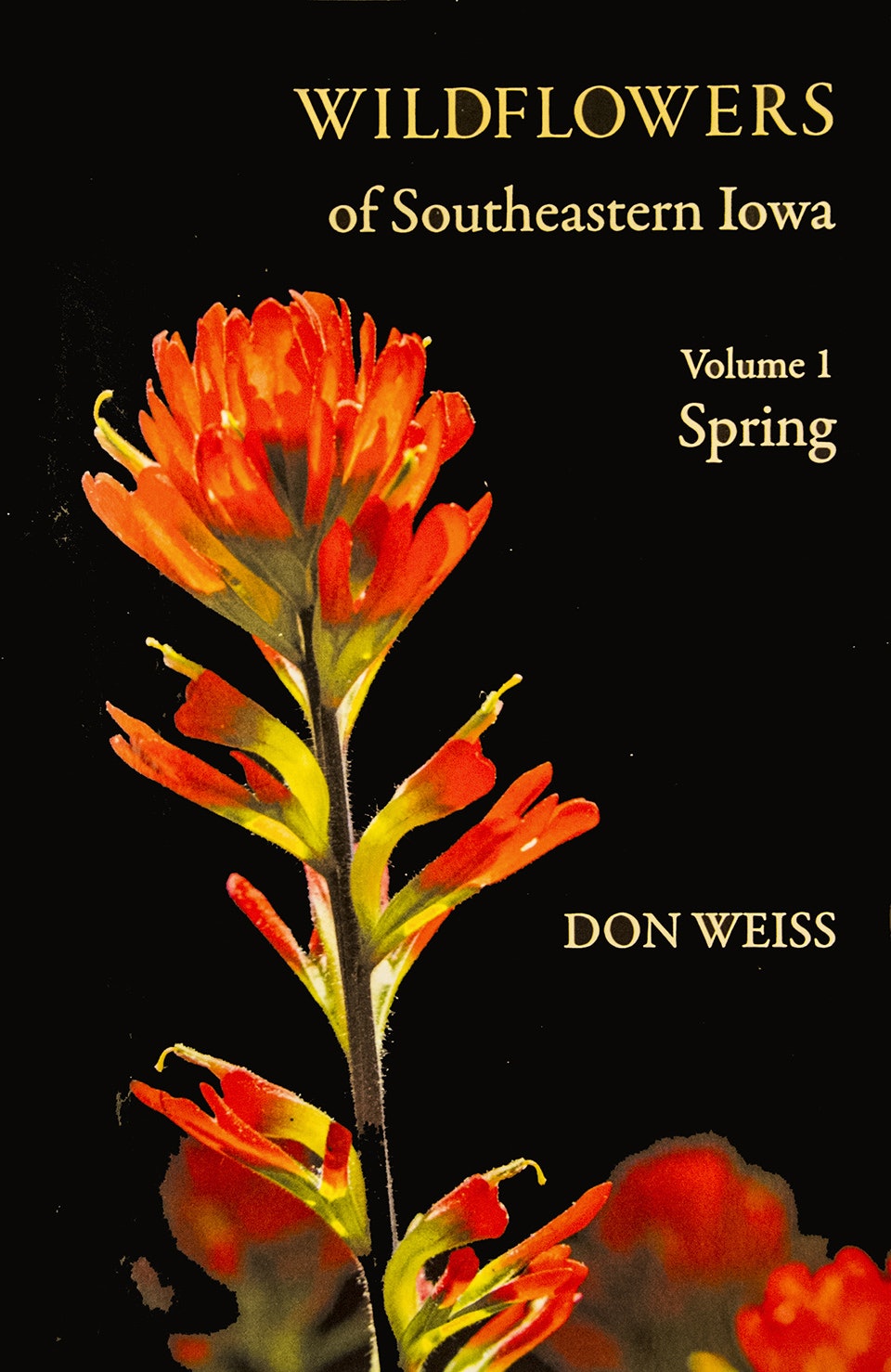
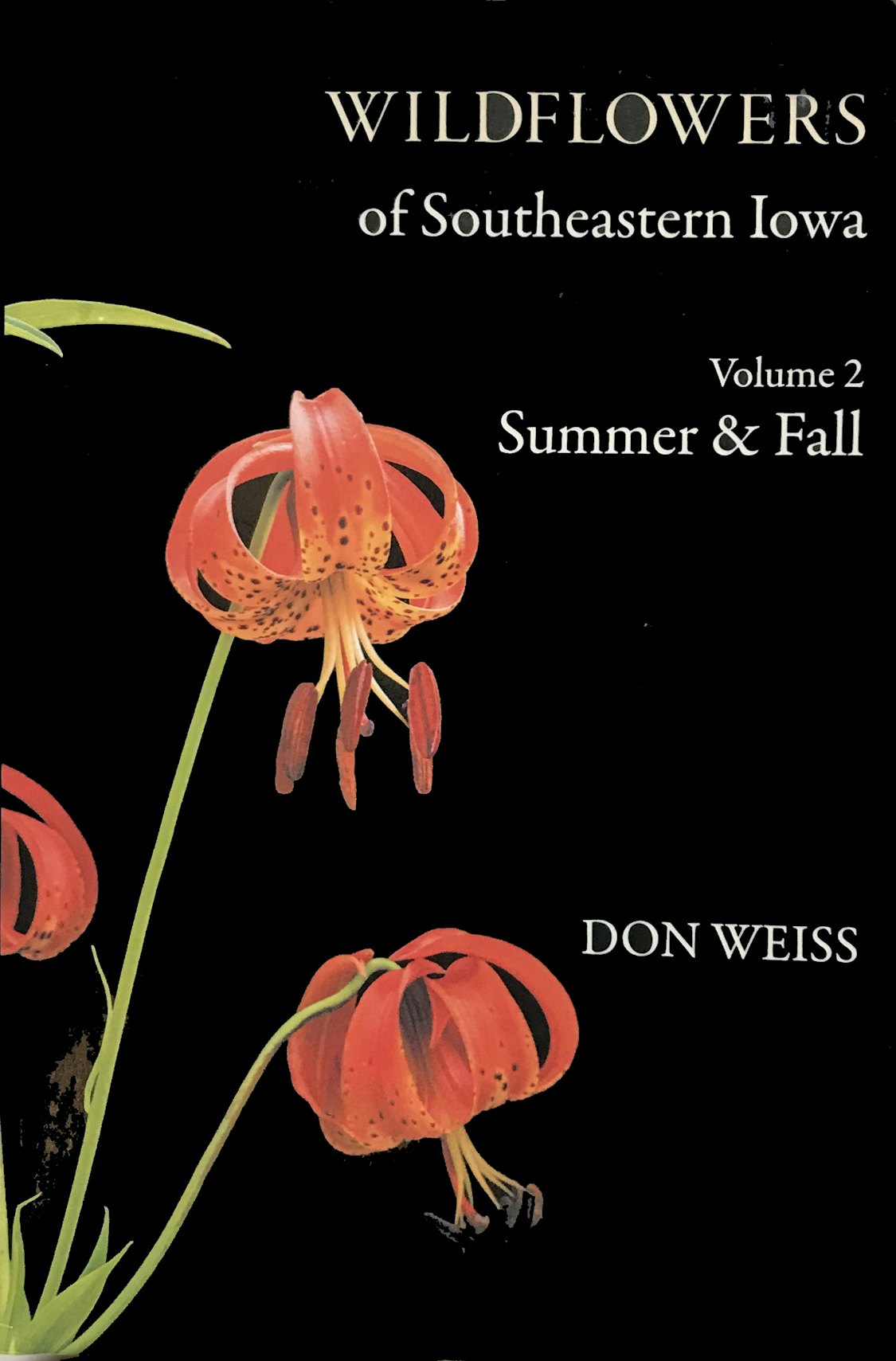


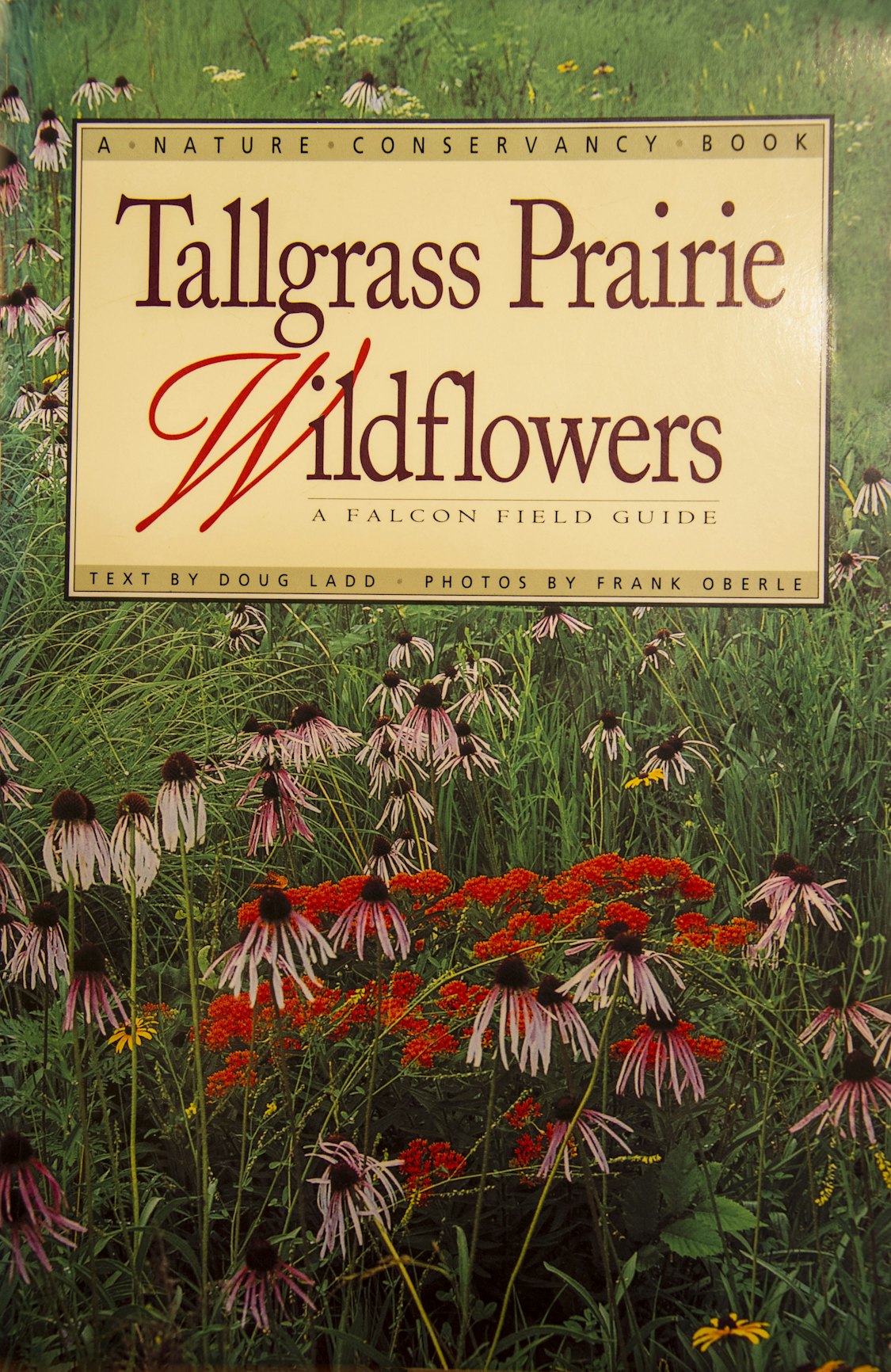
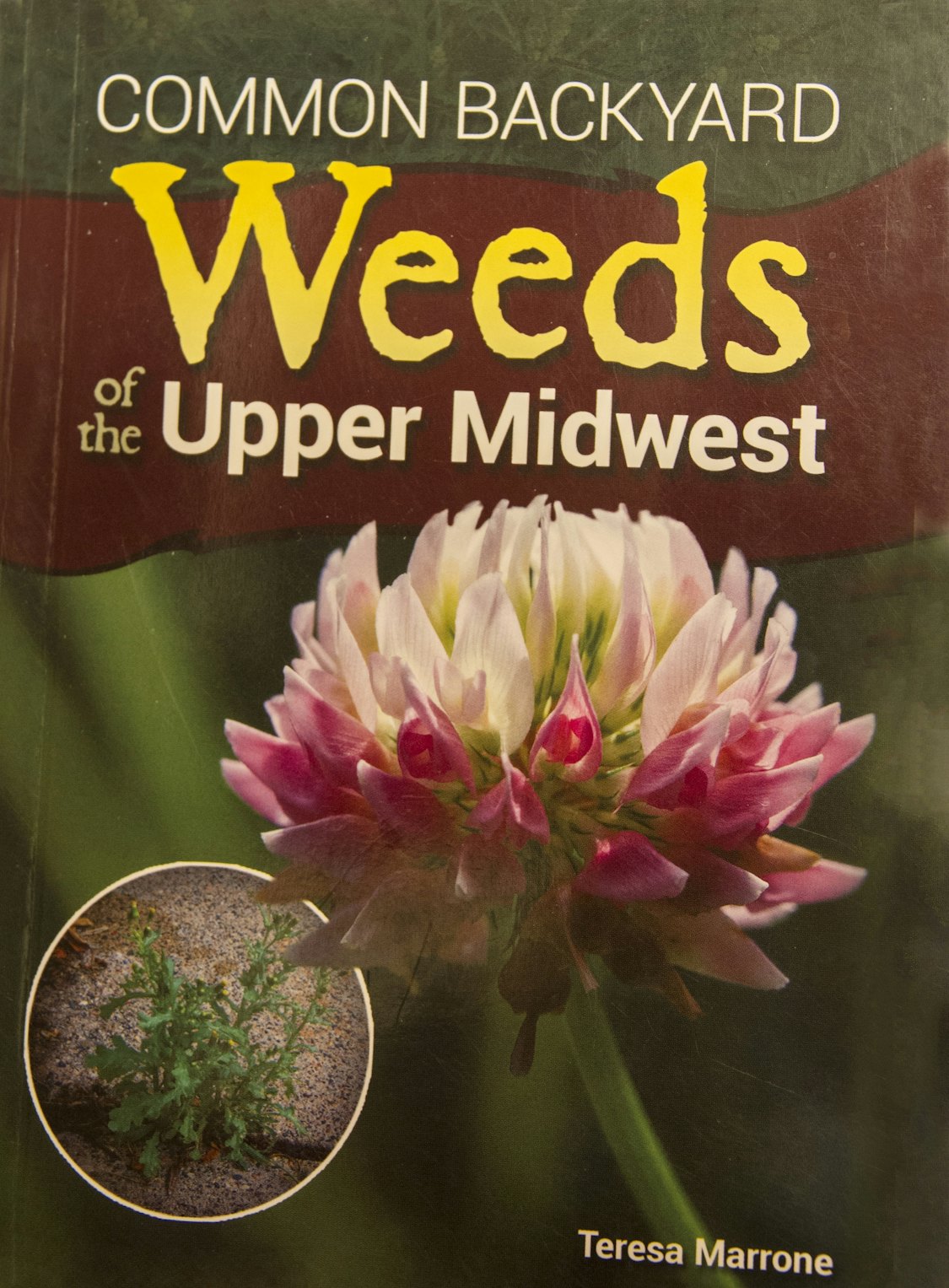
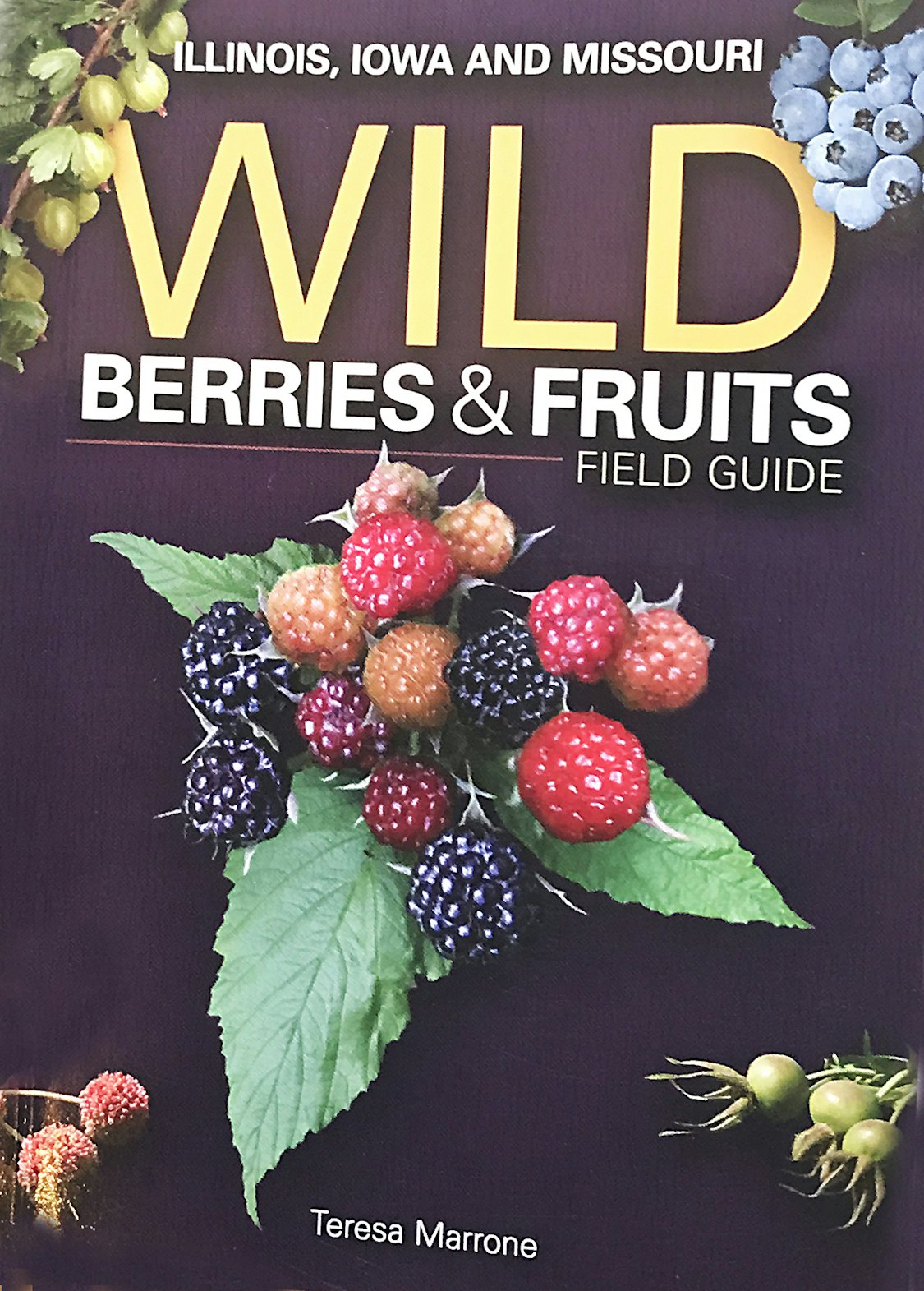
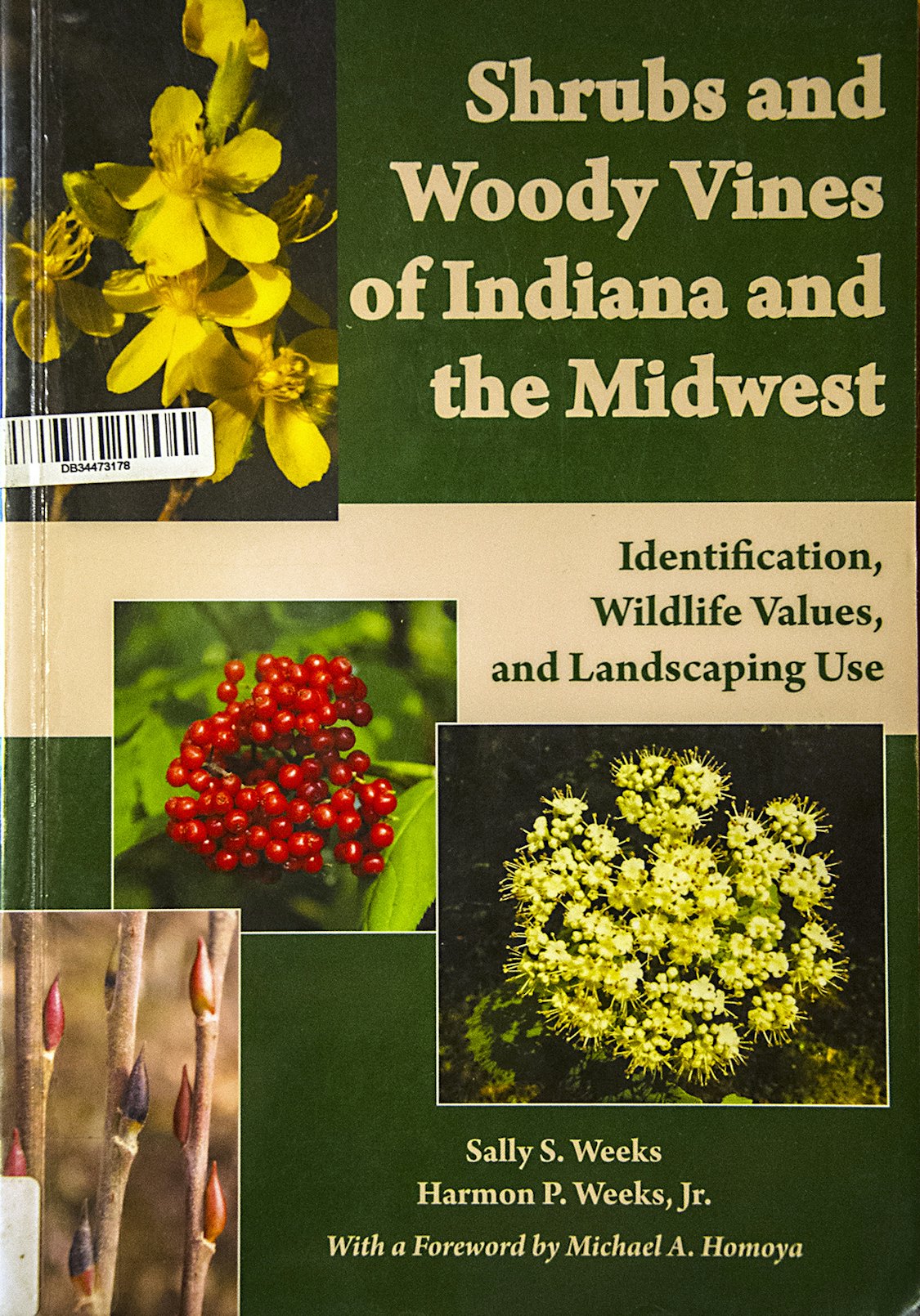

1 Comment
Thank you, Lora Conrad
This is a great resource!
PrairieFan Sat 10 Jul 8:54 PM